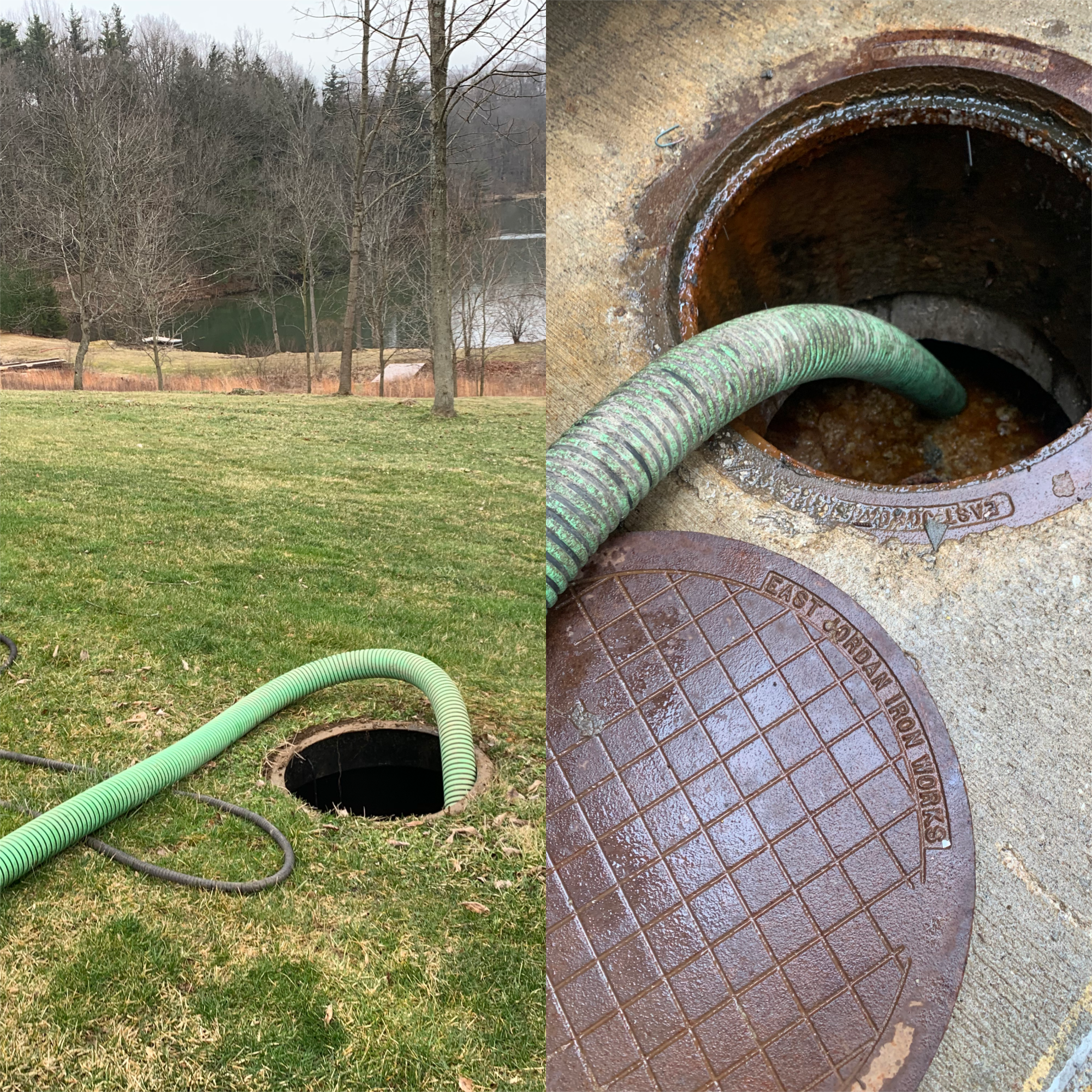Indicators on Stillwell Septic And Grading You Need To Know
Indicators on Stillwell Septic And Grading You Need To Know
Blog Article
Not known Facts About Stillwell Septic And Grading
Table of ContentsNot known Details About Stillwell Septic And Grading Not known Incorrect Statements About Stillwell Septic And Grading How Stillwell Septic And Grading can Save You Time, Stress, and Money.An Unbiased View of Stillwell Septic And GradingSome Known Factual Statements About Stillwell Septic And Grading Stillwell Septic And Grading for DummiesSome Of Stillwell Septic And Grading
On the whole, sewage-disposal tank installment is a complex procedure that requires mindful planning and execution. House owners must work with a respectable setup team and know local regulations and requirements to guarantee that their septic system works effectively for many years ahead. After the sewage-disposal tank has been installed and linked to the drainpipe field, it is time to backfill the location.The backfill material should be cost-free of clods, huge rocks, frozen matter, and debris that can lead to gaps in the backfill that might permit clearing up gradually. Squashed rock or pea gravel 1/2-inch in diameter is chosen if native materials are not proper. As soon as the backfilling is full, it is time to landscape the area.
When the septic system has been mounted, it is vital to test it to ensure that it is working properly (Stillwell Septic). https://stillwell-septic-and-grading.webflow.io/. Testing the system includes looking for leakages, ensuring that the tank goes to the suitable degree, and examining the drainpipe area. Among the most typical tests carried out is the hydraulic load examination
The 6-Second Trick For Stillwell Septic And Grading
The water is after that checked to make sure that it streams appropriately through the pipes and into the drain area. If the water does not stream correctly or backs up right into the container, it might indicate an issue with the system. Another test that is commonly performed is the color test.
The dye is then kept track of to ensure that it moves correctly through the pipelines and into the drainpipe field. If the color does not flow properly or appears in the incorrect area, it may suggest an issue with the system. It is vital to have a specialist do these tests to guarantee that they are done correctly.

Stillwell Septic And Grading for Dummies
Right here are some important suggestions for house owners to preserve their septic tank: The ordinary house septic system must be inspected at the very least every 3 years by a septic solution specialist. The frequency of pumping news depends on the size of the container and the number of individuals utilizing it. https://justpaste.it/g6xhv. A general guideline is to pump the container every 3 to five years
Making use of water-efficient components and home appliances, such as low-flow showerheads and toilets, can lower water use and assist the septic tank work extra efficiently. Just flush toilet tissue and human waste down the toilet. Prevent flushing anything else, consisting of womanly hygiene products, child wipes, and cooking grease, as they can clog the system.
Stillwell Septic And Grading - Questions
Sewage-disposal tank installment is a complicated process that calls for careful preparation and execution. Home owners should understand the necessary steps entailed in the installment procedure to make certain that their septic tank works effectively and efficiently. The primary step is to assess the site where the septic system will certainly be mounted.
The soil type will certainly impact how rapidly wastewater is soaked up and filteringed system. When the website has been evaluated, the next action is to plan for the installation. This entails getting the required authorizations and inspections, along with choosing the right contractor for the task. Property owners need to guarantee that their service provider is experienced in septic system installment and will certainly function together with them throughout the process.
The 7-Minute Rule for Stillwell Septic And Grading
House owners need to know the necessary actions entailed in the installation process to make certain that their septic system operates effectively and successfully. By complying with these steps and preserving their system, property owners can relax ensured that their septic tank will certainly offer reputable wastewater therapy for several years to come.
Nearly one in 5 United state homes have septic systems. If you're not effectively keeping your septic system, you're not just harming the setting, you're placing your household's health and wellness at riskand may be purging thousands of bucks down the drainpipe!
Some Known Details About Stillwell Septic And Grading

All that extra water can truly stress your septic system. This can be practical specifically if your system has actually not been pumped in a long time.
Getting My Stillwell Septic And Grading To Work
Know your system's place. When you have the tank pumped, attract a layout or map showing its area in relationship to taken care of factors - edges of the home, actions, or fence messages.
Decrease the amount of wastewater that should be treated and disposed of by your system: Laundry no more than one or 2 lots of clothing daily. Up to 53 gallons of water flood your septic system with each load, so it's ideal to spread laundry out over the week.
Report this page